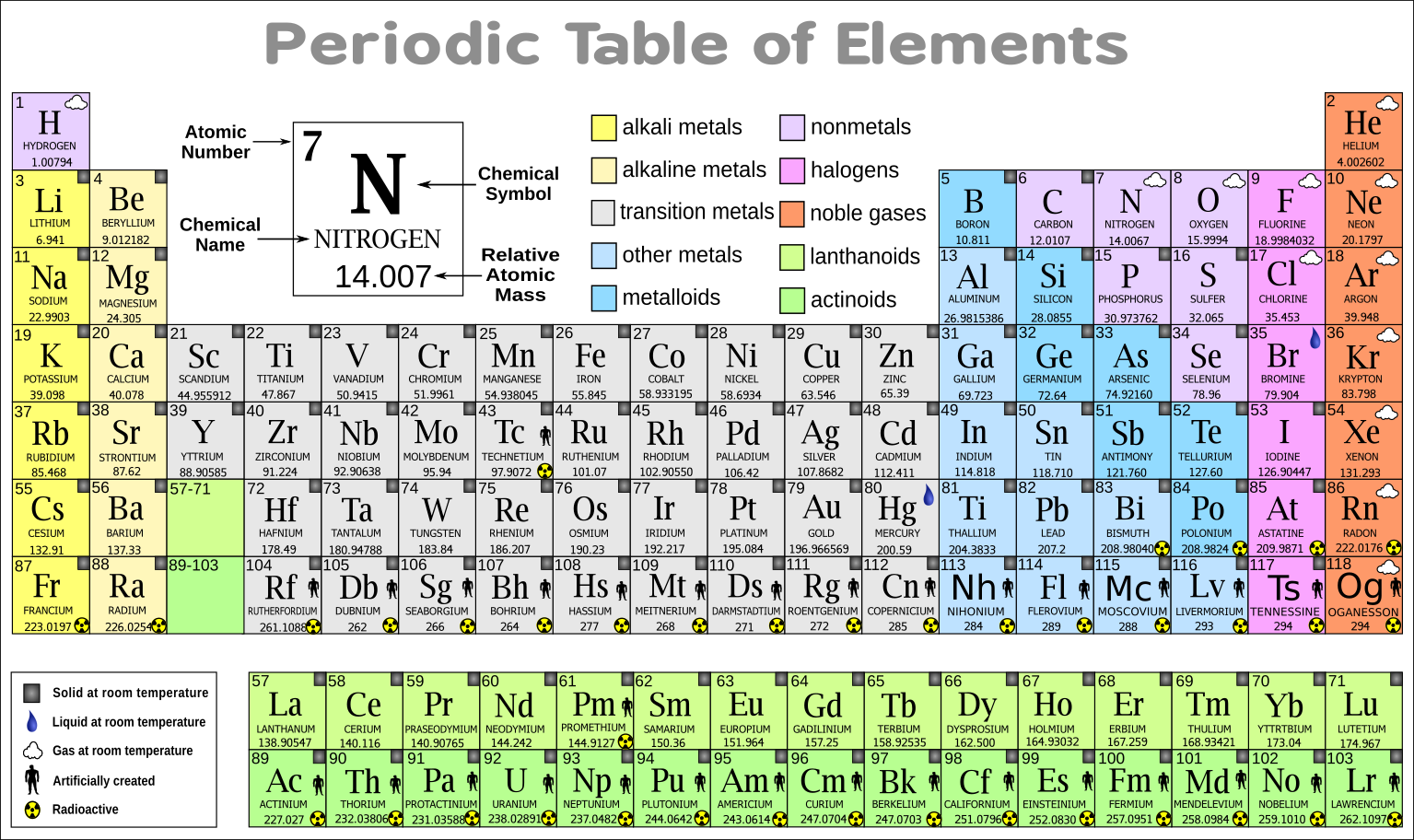

For example, radium behaves a lot like barium and has a heavier atomic weight, so it fits just below barium in the periodic table. Positioning an element in the periodic table requires establishing its atomic weight and chemical properties. (They struggled to do the same for polonium because of its short half-life.) Nobel prizes followed - the first shared by the pair and Becquerel in 1903 for discovering radioactivity, the second by Marie alone in 1911 for her discoveries of polonium and radium, and for the isolation and study of radium. Yet it took them more than three years to grind, dissolve, boil, filter and crystallize tonnes of the mineral to extract just 0.1 gram of radium compound. In 1898, they identified spectroscopic lines of two new elements - radium and polonium. She suspected the presence of other elements, and brought in her husband, Pierre, to help. She came across pitchblende, an ore with radioactivity that was too strong to be explained by uranium alone. She wanted to explore radioactivity, which had just been discovered by Henri Becquerel, in 1896. Marie Curie wasn’t looking for elements when she started her PhD on ‘uranium rays’ in 1897. Then the element, or its compound, must be isolated in large enough quantities for it to be weighed, tested and used to convince others. The first step is finding unusual activity - chemical behaviour or physical properties that cannot be ascribed to known elements, such as unexplained radioactive emissions or spectroscopic lines. Proving the discovery of a new element is hard. So, too, is an appreciation of the skills required, including tenacity and diligence in performing experiments, sifting through data and reassessing theories. Stories of other women’s roles are scarce.

Marie Curie is the most celebrated, for her double Nobel-prizewinning research on radioactivity and for discovering polonium and radium 1. Here we spotlight some of the women who revolutionized our understanding of the elements.


 0 kommentar(er)
0 kommentar(er)
